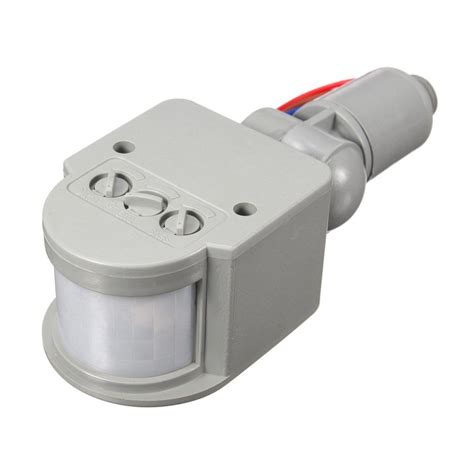
ALL ABOUT FLEX PCB
-
 Read more: Motion Sensors Circuits – 5 DIY Ways of Building a Motion Detector
Read more: Motion Sensors Circuits – 5 DIY Ways of Building a Motion DetectorTypes of Motion Sensors Before diving into the DIY Motion Detector circuits, let’s take a look at the different types of motion sensors available: Passive Infrared (PIR) Sensors: PIR Sensors detect changes in infrared radiation emitted by moving objects or people. They are the most commonly used motion sensors in […]
-
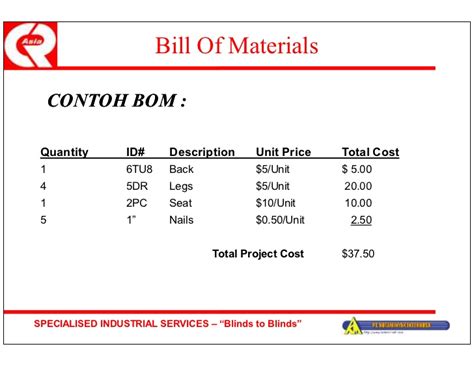 Read more: Bill of Materials (BOM): What Is BOM and How to Make a BOM
Read more: Bill of Materials (BOM): What Is BOM and How to Make a BOMWhat is a Bill of Materials (BOM)? A Bill of Materials (BOM) is a comprehensive list of all the components, parts, raw materials, subassemblies, and associated quantities needed to manufacture a product. It serves as a critical document in the manufacturing process, providing a clear and organized view of the […]
-
What Is Silkscreen On a PCB
Posted by
–
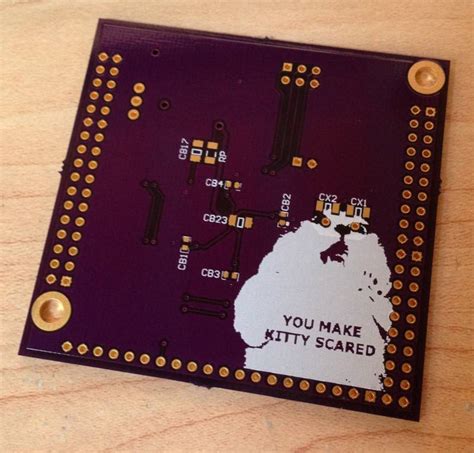 Read more: What Is Silkscreen On a PCB
Read more: What Is Silkscreen On a PCBIntroduction to Silkscreen PCB Printed Circuit Boards (PCBs) are essential components in modern electronics. They provide a platform for mounting and interconnecting electronic components to create functional circuits. One crucial aspect of
-
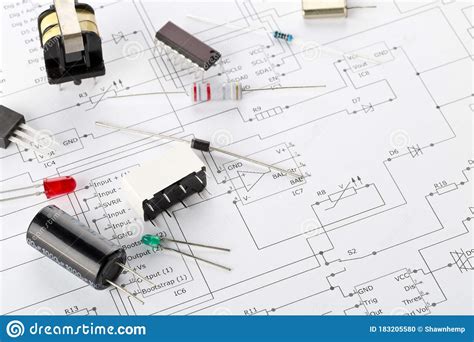 Read more: PCB Assembly Process and First Article Inspection FIA by RAYPCB
Read more: PCB Assembly Process and First Article Inspection FIA by RAYPCBIntroduction to PCB Assembly and First Article Inspection (FIA) Printed Circuit Board (PCB) assembly is a complex process that involves multiple steps and requires strict quality control measures to ensure the final product meets the required specifications. One crucial aspect of quality control in PCB assembly is First Article Inspection […]
-
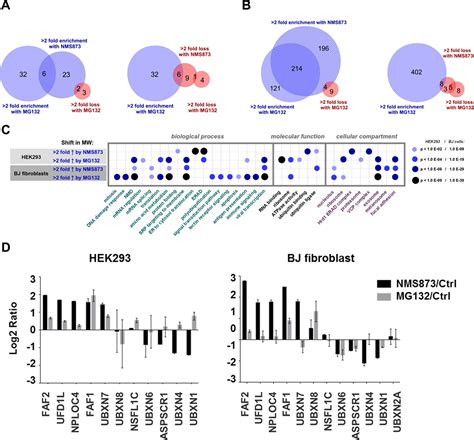 Read more: Vertical Conveyor Plating (VCP) technology analysis
Read more: Vertical Conveyor Plating (VCP) technology analysisIntroduction to VCP technology Vertical Conveyor Plating (VCP) technology is a revolutionary method for applying coatings to various substrates in a highly efficient and environmentally friendly manner. This innovative approach to plating has gained significant attention in recent years due to its numerous advantages over traditional plating methods. In this […]
-
VOC Sensors: Everything You Need To Know
Posted by
–
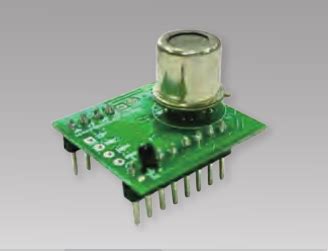 Read more: VOC Sensors: Everything You Need To Know
Read more: VOC Sensors: Everything You Need To KnowWhat are VOCs? VOCs are organic chemicals that have a high vapor pressure at room temperature, meaning they can easily evaporate and enter the air. These compounds can be found in a wide range of products, including paints, solvents, cleaning agents, pesticides, and building materials. Some common examples of VOCs […]
-
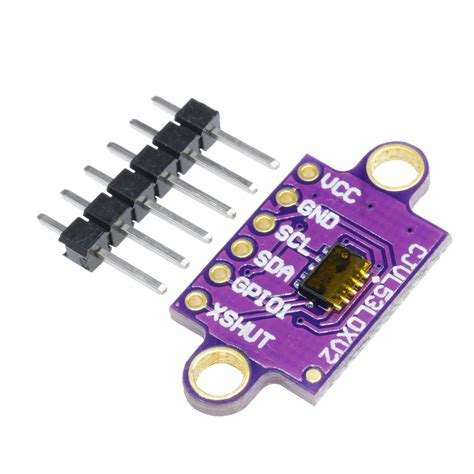 Read more: Time of Flight Sensor: What It Is and How it Works
Read more: Time of Flight Sensor: What It Is and How it WorksIntroduction to Time-of-Flight (ToF) Sensors Time-of-Flight (ToF) sensors are becoming increasingly popular in various applications, from automotive and industrial to consumer electronics. These sensors are capable of measuring the distance between the sensor and an object by calculating the time it takes for light to travel from the sensor to […]
-
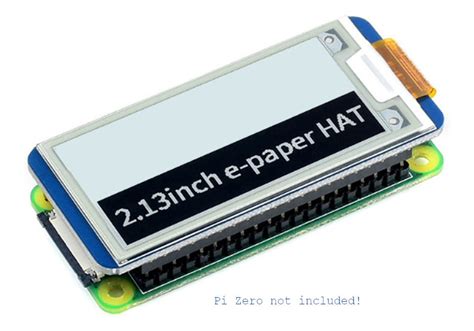 Read more: E Ink Display Raspberry Pi: Interfacing e-Paper Display Using Raspberry Pi
Read more: E Ink Display Raspberry Pi: Interfacing e-Paper Display Using Raspberry PiIntroduction to E Ink Displays and Raspberry Pi E Ink displays, also known as electronic paper or e-paper displays, are a unique type of display technology that mimics the appearance of traditional paper. Unlike conventional LCD or OLED displays, E Ink displays rely on reflected light, making them highly readable […]
-
FLEXIBLE PCB MANUFACTURING PROCESS
Posted by
–
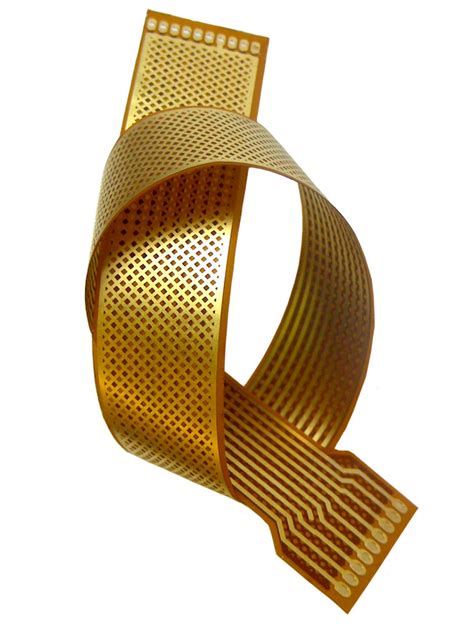 Read more: FLEXIBLE PCB MANUFACTURING PROCESS
Read more: FLEXIBLE PCB MANUFACTURING PROCESSIntroduction to Flexible PCBs (FlexPCBs) Flexible printed circuit boards, also known as FlexPCBs or flex circuits, have revolutionized the electronics industry by providing a versatile and reliable solution for applications that require flexibility, durability, and compact design. Unlike traditional rigid PCBs, FlexPCBs are made from flexible substrate materials that allow […]
-
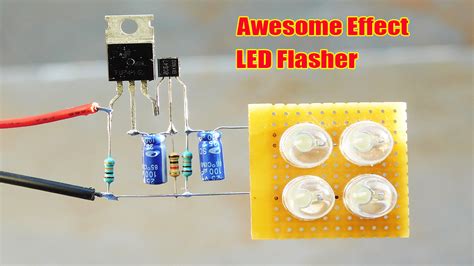 Read more: Blinker Circuit: Applications, and How to Make One Using a 555 Timer IC
Read more: Blinker Circuit: Applications, and How to Make One Using a 555 Timer ICApplications of Blinker Circuits Automotive Industry Blinker circuits are widely used in the automotive industry for various purposes: Turn signals: The flashing turn signals on vehicles are created using blinker circuits. Hazard lights: Emergency hazard lights also utilize blinker circuits to draw attention to the vehicle. Indicator lights: Various indicator […]




